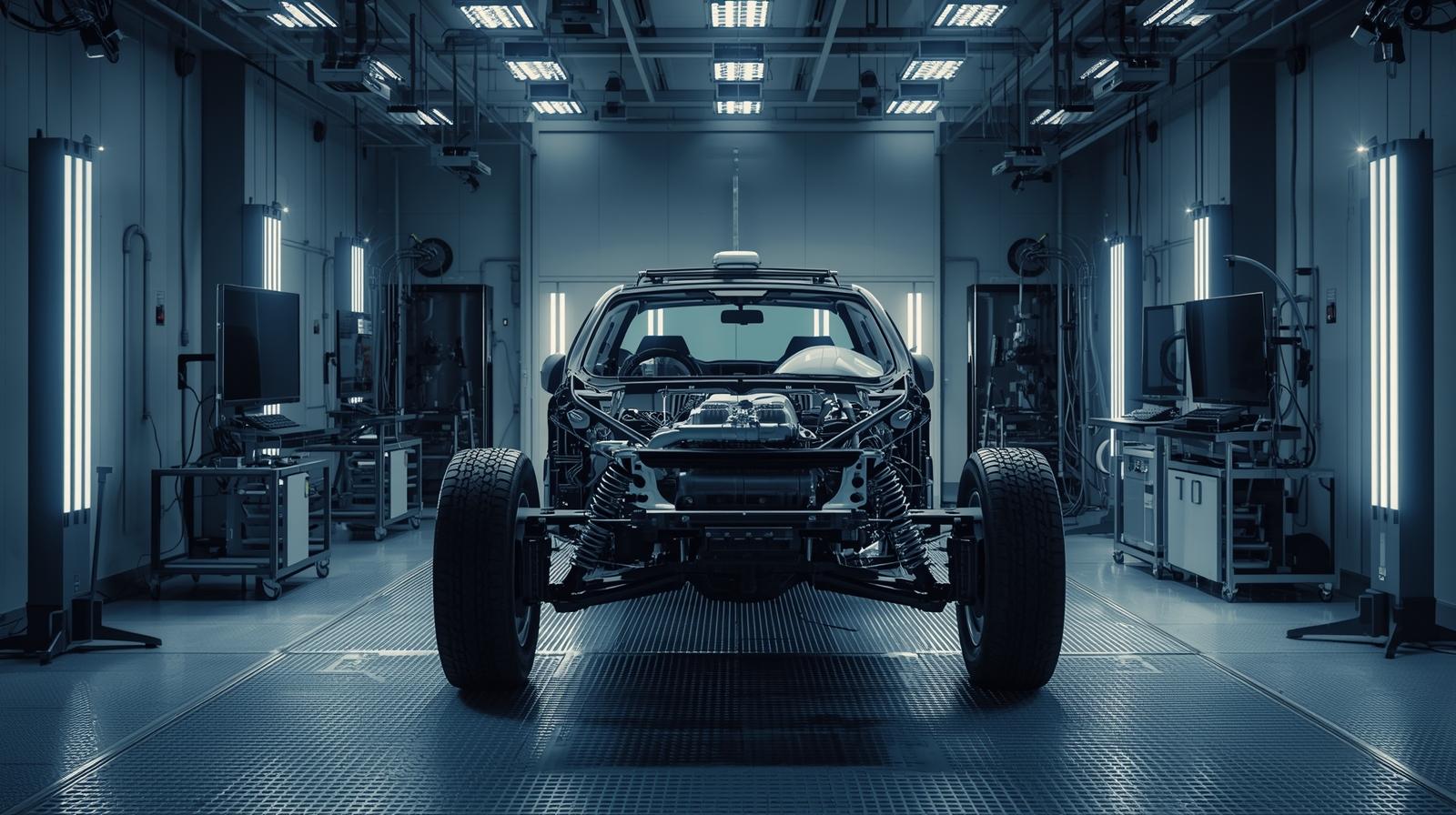The global NVH (Noise, Vibration, and Harshness) testing market is witnessing significant growth as industries increasingly focus on improving product performance, comfort, and quality. NVH testing plays a crucial role in identifying and mitigating unwanted noise and vibration across various components and systems, particularly in the automotive, aerospace, and industrial machinery sectors. As consumer preferences shift toward quieter, more efficient, and smoother-operating products, the demand for advanced NVH testing solutions continues to accelerate.
Download PDF Brochure @ https://www.marketsandmarkets.com/pdfdownloadNew.asp?id=47022073
The automotive industry remains a key driver of the NVH testing market. With the rapid adoption of electric vehicles, manufacturers are placing greater emphasis on noise and vibration analysis to enhance driving comfort. Unlike traditional internal combustion engine vehicles, electric vehicles produce less mechanical noise, making secondary noises from tires, wind, and electronic systems more noticeable. To address these challenges, automakers are integrating advanced NVH testing technologies into their design and production processes to ensure superior acoustic performance. Furthermore, regulatory standards regarding vehicle noise emissions are compelling manufacturers to invest in high-precision NVH testing systems, contributing to the overall market growth.

Technological advancements are also reshaping the landscape of the NVH testing market. The adoption of digital signal processing, machine learning algorithms, and real-time monitoring systems is enabling more accurate and faster data analysis. Modern NVH testing systems now incorporate sophisticated sensors, microphones, and data acquisition units capable of capturing minute acoustic and vibrational details. These innovations allow manufacturers to optimize product designs, identify defects early, and minimize costly post-production modifications. Additionally, the integration of NVH testing with simulation software and virtual prototyping tools is enhancing predictive analysis capabilities, helping companies achieve shorter development cycles and improved efficiency.
The aerospace and defense sectors are emerging as vital contributors to NVH testing demand. Aircraft manufacturers rely heavily on NVH analysis to reduce cabin noise, improve passenger comfort, and enhance structural integrity. With growing air traffic and the introduction of lightweight materials in aircraft design, the need for vibration testing has intensified to ensure safety and reliability. In the defense industry, NVH testing is applied to assess the durability and acoustic performance of vehicles, submarines, and other military equipment, ensuring they meet stringent performance standards under extreme operating conditions.
The industrial machinery and consumer electronics sectors are also witnessing rising adoption of NVH testing. In industrial applications, NVH testing helps ensure the longevity and reliability of heavy machinery, turbines, pumps, and compressors by identifying sources of vibration that can lead to mechanical failures. Meanwhile, in consumer electronics, the growing demand for quieter appliances, smartphones, and household devices has prompted manufacturers to invest in noise and vibration analysis tools to improve product design and customer satisfaction.
Geographically, North America and Europe currently dominate the NVH testing market due to their strong automotive and aerospace industries, advanced technological infrastructure, and the presence of leading NVH solution providers. However, the Asia-Pacific region is expected to register the highest growth during the forecast period. Countries such as China, Japan, South Korea, and India are rapidly expanding their automotive production capacities and investing heavily in research and development. The increasing focus on electric mobility, industrial automation, and high-performance consumer products is propelling the need for precise NVH testing solutions across the region.
The market is also witnessing a shift toward portable and cloud-based NVH testing solutions. These systems enable real-time data sharing, remote diagnostics, and faster analysis, reducing the time required for product validation. Moreover, the adoption of artificial intelligence and Internet of Things technologies is revolutionizing NVH testing by facilitating predictive maintenance and continuous monitoring of equipment health. As industries move toward smarter and more connected manufacturing ecosystems, NVH testing is becoming a key component of quality control and performance optimization strategies.
Looking ahead, the NVH testing market is poised for sustained expansion driven by the convergence of digitalization, automation, and sustainability goals. The growing focus on energy efficiency, lightweight materials, and electric propulsion systems will continue to shape the demand for advanced NVH testing solutions. Companies are expected to increasingly adopt integrated platforms that combine hardware, software, and data analytics to achieve greater accuracy and productivity. Additionally, partnerships between NVH testing solution providers and end-use industries will foster innovation, leading to more efficient, reliable, and cost-effective testing processes.
